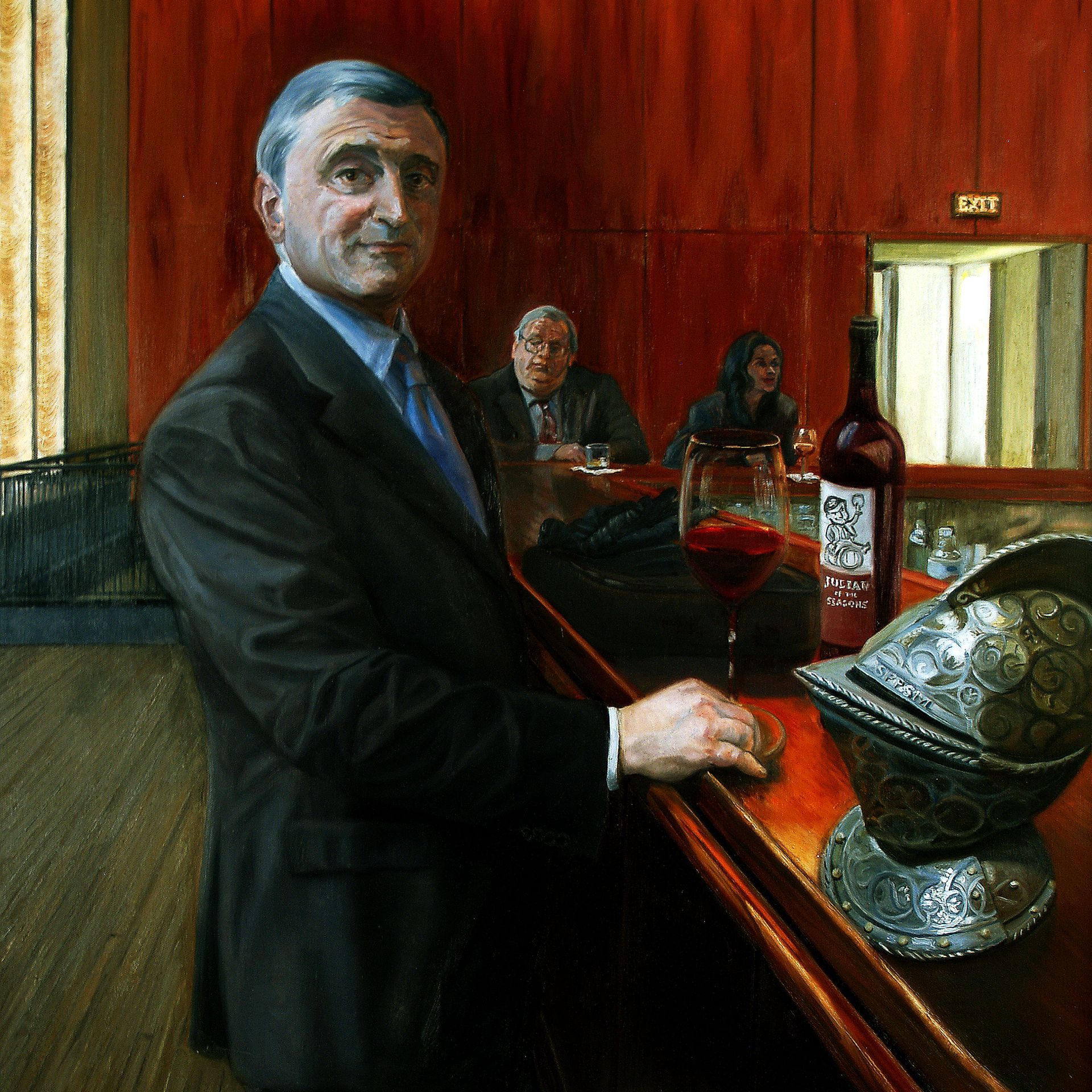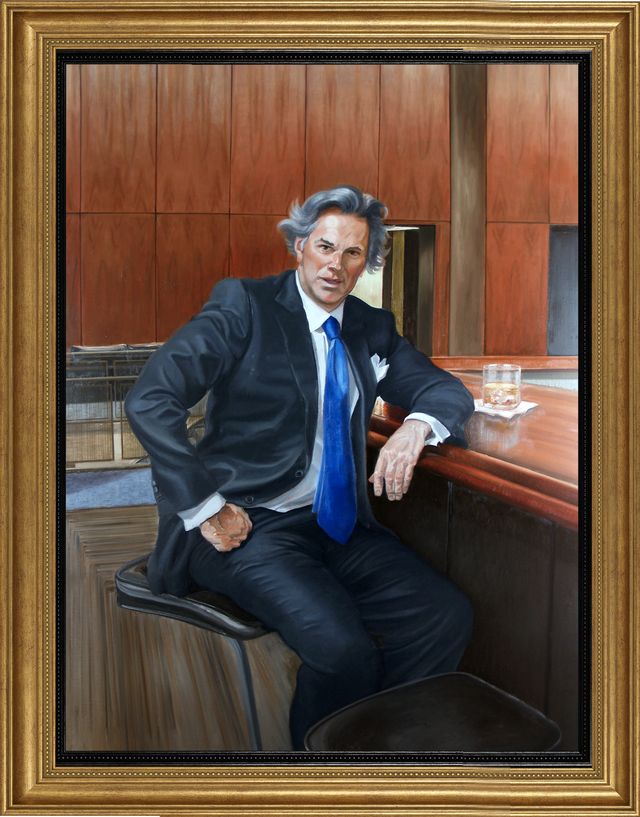Exploring Iconic Artists and Their Influences on Figurative Oil Painting
Exploring Iconic Artists and Their Influences on Figurative Oil Painting
Blog Article
The Evolution of Metaphorical Oil Painting: Recognizing Its Historic Relevance and Modern Interpretations
The development of figurative oil paint offers as a compelling lens through which to check out the interplay in between artistic expression and historical context. Contemporary musicians, drawing from this abundant heritage, are currently reinterpreting the human figure in ways that challenge traditional narratives.
Beginnings of Metaphorical Oil Paint
The origins of figurative oil paint can be mapped back to the very early Renaissance in Europe, specifically in the 15th century. The advancement of oil paint enabled for better depth of color and information, enhancing the realism and vibrancy of their work.

In this transformative period, figures were usually illustrated within contextually rich environments, showcasing not only their physical characteristics yet additionally their mental states. Pioneers such as Jan van Eyck and Titian took advantage of the medium's versatility, using layering techniques to accomplish luminance and structure. This advancement helped with the portrayal of elaborate fabrics and the subtleties of complexion, adding to the development of portraiture and narrative scenes.
In Addition, the Renaissance emphasis on humanism promoted a recognition for uniqueness, which subsequently influenced musicians to develop more relatable and dynamic numbers - figurative oil painting. As a result, metaphorical oil paint emerged as a powerful automobile for storytelling and psychological interaction, preparing for future creative motions and designs
Secret Historical Movements
Substantial historical movements have actually shaped the development of metaphorical oil paint, each contributing distinct ideologies and techniques that broadened the tool's opportunities. The Renaissance noted a turning point, stressing realism and the human type, with artists like Leonardo da Vinci and Michelangelo pressing the borders of anatomical accuracy and point of view. Following this, the Baroque period brought remarkable contrasts of light and shadow, exhibited by Caravaggio, that instilled spiritual motifs with extreme emotionality.
The 19th century presented Romanticism and Realistic look, where musicians such as Delacroix and Courbet tested timeless suitables, concentrating on private expression and day-to-day life. The advent of Impressionism further changed the medium by highlighting the effects of light and shade, bring about a separation from traditional depiction.
In the very early 20th century, movements like Expressionism and Cubism redefined figurative painting through abstraction and the exploration of psychological depth. Each of these activities not only mirrored the societal changes of their times yet also prepared for modern interpretations. The interaction between these historic motions has actually developed an abundant tapestry of styles and philosophies, affecting modern artists in their pursuit of recording the human experience on canvas.
Strategies and Products Development

Throughout the Baroque duration, strategies such as chiaroscuro and sfumato arised, enhancing the psychological vibration of metaphorical make-ups. Musicians began to trying out lusters and impasto, manipulating structure and luminance. By the 19th century, advancements like using pre-mixed paints in tubes revolutionized ease of access, enabling artists to paint en plein air and record the short lived results of light.
The 20th top article century experienced the intro of synthetic pigments and tools, which increased the combination and modified the uniformity of you can try this out oil paints. The expedition of new application methods, such as combination knives and brushes of differing tightness, further varied artistic expression. Jointly, these innovations show the developing relationship in between materials, strategies, and the imaginative vision fundamental in figurative oil painting.

Contemporary Interpretations
Contemporary analyses of metaphorical oil painting show a dynamic discussion in between tradition and technology, where musicians test established norms and check out diverse themes. This evolution shows up in various means, as contemporary musicians blend classic strategies with modern-day concepts, commonly attending to social, political, and personal narratives.
Many professionals attract motivation from historical works, yet they instill their items with contemporary point of views, making use of the human type as a vehicle for discourse on sex, society, and identity. Artists significantly trying out abstraction, distortion, and combined media, which enables for a wider interpretation of the figure and its context.
In addition, using brilliant color palettes and unconventional structures frequently offers to interfere with typical checking out experiences, provoking vital interaction from audiences. This shift in focus expands past appearances; it reflects a growing understanding of the intricacies of human experience in an interconnected globe.
As figurative oil paint continues to develop, it remains a crucial medium for exploring the nuances of modern life, embodying both a regard for heritage and a dedication to modern idea. The result is an abundant tapestry of expression that resonates with the intricacies of the contemporary official site human condition.
Effect On Modern Art
The influence of metaphorical oil paint on contemporary art is extensive, as it has continuously inspired a myriad of imaginative motions and practices throughout the 20th and 21st centuries. From Expressionism to Surrealism and past, the expedition of the human figure has remained a main theme, permitting musicians to convey complex feelings and narratives. This focus on figurative depiction has resulted in a re-examination of typical strategies, resulting in ingenious methods that mix realism with abstraction.
Furthermore, modern artists have actually welcomed figurative oil painting as a way to address political and social issues, using the medium to test understandings of identity, society, and gender. The revival of passion in figurative work in recent years shows a longing for connection in an increasingly electronic globe, where human experience and feeling are extremely important.
Additionally, the discussion between figurative oil paint and contemporary art appears in the works of musicians such as Kehinde Wiley and Jenny Saville, that draw on historical referrals while infusing their pieces with contemporary significance. Eventually, figurative oil painting proceeds to shape and redefine contemporary creative expression, highlighting its enduring value in the art world.
Conclusion
The development of figurative oil painting highlights its historic significance and versatility across various imaginative movements. Inevitably, figurative oil paint stays an essential medium for discovering the human experience, resonating exceptionally in today's electronic landscape.
The development of metaphorical oil paint serves as a compelling lens with which to check out the interaction in between creative expression and historic context.Significant historical activities have shaped the advancement of figurative oil painting, each contributing distinct viewpoints and techniques that expanded the tool's opportunities.As historic activities shaped the trajectory of figurative oil painting, the products and techniques utilized by musicians have likewise undergone considerable changes. figurative oil painting.The effect of figurative oil painting on modern art is extensive, as it has constantly influenced a myriad of creative activities and techniques throughout the 21st and 20th centuries.The development of figurative oil paint underscores its historic relevance and versatility throughout numerous imaginative motions
Report this page